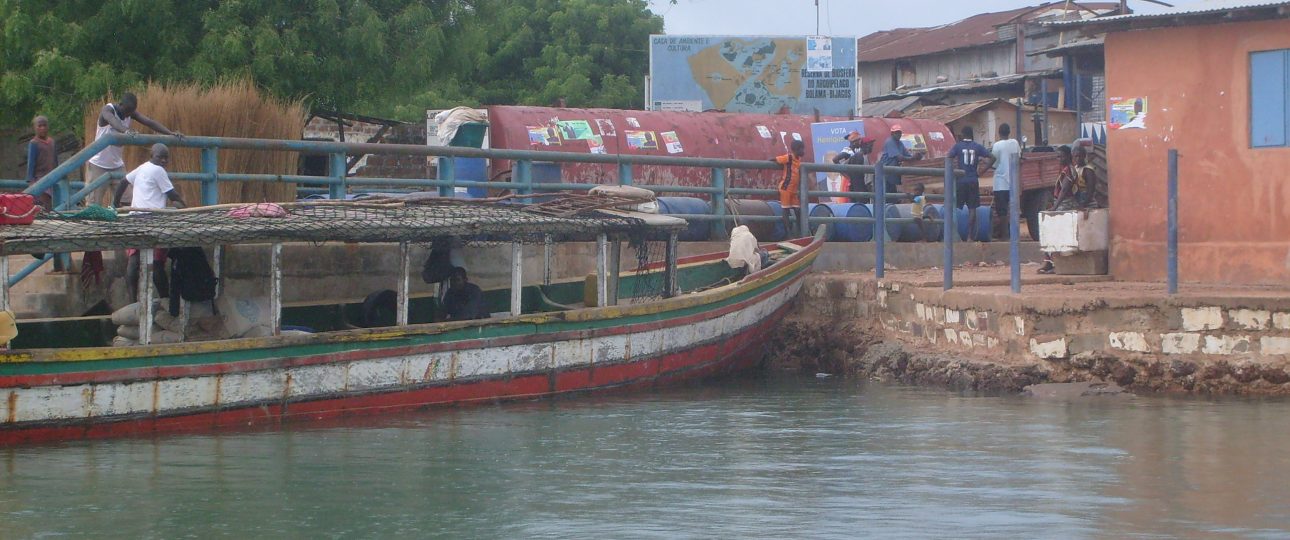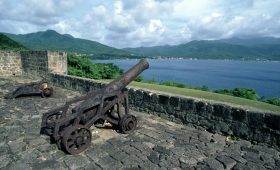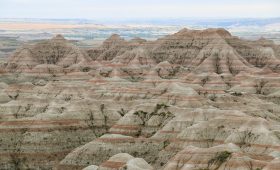Bolama Island: Discovering Guinea-Bissau’s Unique Destination
Getting There
Reaching Bolama Island involves a bit of planning. Fly into Osvaldo Vieira International Airport in Bissau, Guinea-Bissau’s capital. From there, you can take a ferry to Bolama. The ferry ride offers a scenic view of the Bijagós Archipelago, making the journey part of the adventure.
Best Time to Visit
Visit Bolama Island during the dry season, from November to April. The weather is warm and sunny, ideal for exploring the island’s natural beauty. The wet season, from May to October, brings heavy rains, which can complicate travel and limit outdoor activities.
Exploring Bolama Island
Beaches
Bolama Island offers serene beaches with clear waters and soft sand. While specific beach names like Praia de Bruce and Praia de Varela are not verified, the island’s coastline is generally inviting for swimming and relaxation.
Historical Sites
Bolama has a rich colonial history. It was the first capital of Portuguese Guinea from 1879 to 1941. Key historical sites include the Bolama Governor’s Palace and remnants of colonial architecture. A statue commemorates a 1931 seaplane crash, adding to the island’s historical narrative.
Wildlife and Nature
The island is almost surrounded by mangrove swamps and is part of a designated Important Bird Area. Bird enthusiasts can spot species like pink-backed pelicans and curlew sandpipers. The nearby Bijagós Archipelago is a UNESCO Biosphere Reserve, known for its unique ecosystem.
Local Transportation
Bolama’s main town is small and walkable. For longer distances, consider renting a bicycle or hiring a local taxi. While roads are generally in good condition, exercise caution due to pedestrians and wildlife.
Accommodation and Dining
Accommodation options on Bolama are limited but varied, including guesthouses and beachfront bungalows. Dining focuses on local seafood, which is fresh and flavorful. Be prepared for a simple but authentic culinary experience.
Considerations
Bolama Island is not a typical tourist destination. The infrastructure is basic, and the island faces challenges like a shortage of fresh water. These factors contribute to its off-the-beaten-path charm but require travelers to be adaptable and prepared.




